Writing
Suburbanization in the United States
Jews migrated in large numbers to newly constructed suburbs after World War II and the end of restrictive covenants that had excluded them. During the day, suburbs were largely female spaces where married Jewish women cared for their children and private homes, while volunteering for Jewish and civic activities. Jewish daughters raised in suburbs enjoyed middle-class comforts but also experienced pressures to conform to American gentile ideals of beauty.

Sarra Copia Sullam
The best-known and least typical Jewish woman of early-modern Italy, Sarra Copia Sullam engaged publicly with leading intellectuals and produced poetry, letters, and polemics, particularly about the belief in immortality of the soul. The context of her literary activity was the academies (accademia) of Venice, including one that she held in her own house, which attracted a stream of distinguished visitors from the city states of northern Italy who discussed philosophy, theology, art, and literature and who engaged in domestic intrigue.
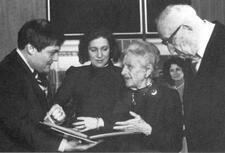
Iphigene Ochs Sulzberger
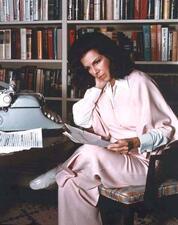
Jacqueline Susann
Author and actress Jacqueline Susann made history as the first author to have three consecutive New York Times bestsellers, starting with her famous 1966 novel, Valley of the Dolls. She is credited with drastically changing book promotion and marketing, using television and print advertising to promote her novels rather than relying on reviews.

Margarete Susman
Margarete Susman published her first writings, a book of poetry, in 1901 and went on to have a prolific writing career that included plays, books, and journal articles. Susman combined literature and theory, often reflecting seminal texts of modern theory and addressing political issues and women’s rights. Her writings concentrate on the most problematic issues of the modern world: God and human beings, man and woman, Jew and Christian.
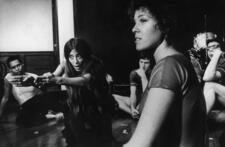
Elizabeth Swados
Elizabeth (Liz) Swados was an American composer, writer, and theatrical director. Best known for her 1978 Broadway musical, Runaways, Swados created a diverse body of work that included novels, poetry, plays, music, and musicals.
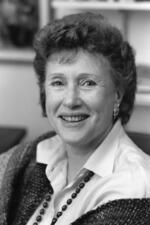
Amy Swerdlow
Amy Swerdlow (1923-2012), child of a Communist household in the Bronx, shared her parents’ dedication to making a better world but developed her own political agenda. She became a leader of the global women’s peace movement, a pioneer in the field of women’s history, and a professor of history and women’s studies at Sarah Lawrence College in Yonkers, New York.
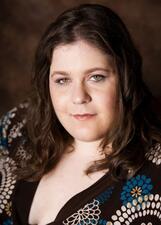
Rachel Swirsky
Marie Syrkin
Marie Syrkin is best known as a polemicist for the State of Israel, whose keen arguments appeared in a wide range of publications for a period of almost seventy years. Her life touched almost every significant aspect of Jewish life in America and Europe in the twentieth century.
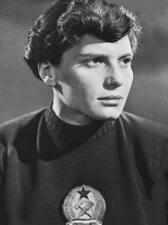
Eva Szekely
Born in Budapest, Eva Szekely was forced to stop swimming during the Nazi occupation of Hungary. However, she returned to the sport after the war and went on to win thirty-two national individual swimming titles and eleven national team titles. At the 1952 Olympic Games in Helsinki, she set a new Olympic record in the 200-meter breaststroke.
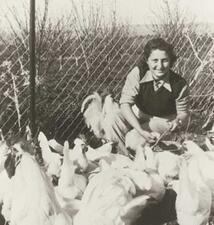
Hannah Szenes (Senesh)
Hannah Szenes has attained legendary status in the pantheon of Zionist history. After immigrating to Israel, Szenes agreed to participate in a military operation as a paratrooper. Hungarian authorities captured her and tortured her, but Szenes refused to talk. She was killed by a firing squad in 1944. Szenes mother published her daughter’s diary, poetry, and plays posthumously.

Nicki Newman Tanner

Helen Tanzer
Helen Tanzer was an educator and translator in the early twentieth century. Contributing to the dissemination of classical and archaeological works, Tanzer well fulfilled the rigorous requirements of scholar and teacher.
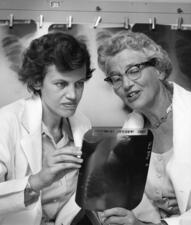
Helen Brooke Taussig
Helen Brooke Taussig was one of the most celebrated physicians of the twentieth century. Through her research and teaching. she was a leader in the development of the medical specialty of pediatric cardiology, pioneering treatment for infants with congenital cardiac defects.
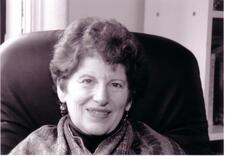
Meredith Tax

Sydney Taylor
Sydney Taylor as the author of the beloved All-of-a-Kind Family chapter book series, about five memorable and distinctive sisters growing up in a warm and loving Jewish household in early twentieth-century New York.
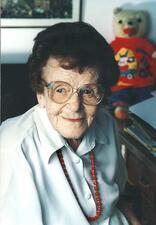
Yemima Tchernovitz-Avidar
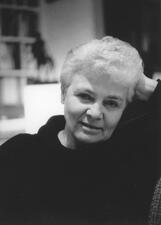
Nechama Tec
Nechama Tec's sociological work, informed by her experience as a Holocaust survivor, addresses the silences and inaccuracies surrounding the Holocaust and reveals untold stories of righteousness and rescue. Her experiences inspired the movie Defiance.

Television in the United States
Jewish women have had a long-standing, complex, often fraught relation to American television. They have had to battle a male-dominated production system and sexist stereotypes, but also have seen significant advances, in front of and behind the screen, resulting from the cable and streaming revolutions and third-wave feminist activism.

Savina Teubal
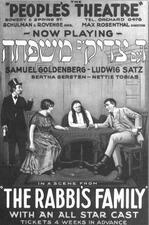
Theater in the United States
For over a hundred years, Jewish women have been involved in the American theater as writers, actors, directors, designers and producers. The vitality of the Yiddish theater, the splendor of Broadway, the rich tapestry of the regional theater, and everything in between, all owe a debt to the Jewish women who have given of their talents, their energy, their drive, and their dreams.
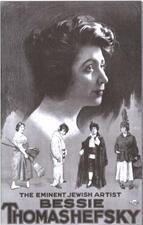
Bessie Thomashefsky
With suffragist spirit and comedic skill, Bessie Thomashefsky adapted great American and British plays for Yiddish-speaking audiences. Thomashefsky performed Yiddish adaptations of plays by Chekov, Wilde, and Shakespeare, as well as modern Yiddish creations at the People’s Theater in New York, playing many strong female characters. From 1915 to 1919, she ran the People’s Theater and renamed it for herself.
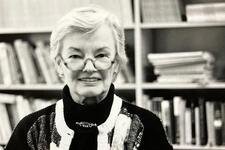
Judith Jarvis Thomson
Rivke Bas Me’ir Tiktiner

Tkhines
Tkhines were collections of prayers published in Yiddish, often specifically for women, across Europe from the sixteenth to the nineteenth century. The prayers addressed many themes of domestic and family life, although some also suggested women ought to be allowed into traditionally male spaces.


